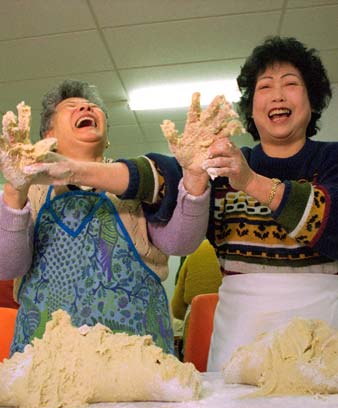He korero whakarapopoto
Seeking a better life
In the 19th century people in south China faced famine and overpopulation, and many men sought to make their fortunes overseas. It soon became difficult for them to enter New Zealand because of restrictions on Chinese immigration.
The first immigrants
The first known settler was Appo Hocton, who jumped ship at Nelson in 1842. Starting out as a servant, he eventually became a businessman and farmer, prospering through hard work.
Twelve Chinese were brought to work the Otago goldfields in 1866. By 1869 over 2,000 had come to the ‘New Gold Mountain’, as they called New Zealand. But rather than striking it rich, most experienced poverty, racism and isolation.
The poll tax
Ignorance and prejudice meant that Chinese were seen as undesirable – a number of harsh laws limited their rights in New Zealand. To restrict immigration, in 1881 the government charged them a poll tax (entry fee) of £10, later raised to £100. This taxation continued until 1934. In 2002, the government apologised for the hardship it had caused.
Life in the towns
After leaving the goldfields some men found work in fruit shops and laundries, or as market gardeners. Few women could join them because of the poll tax. The men often sought comfort in opium and gambling, which only increased anti-Chinese prejudice.
Post-war changes
Attitudes softened when China fought Japan before and during the Second World War. As more women and children were allowed to come, families formed communities. But by the 1960s, they were losing their language and traditions.
A new policy in 1987 allowed many more Chinese to immigrate from China and elsewhere.
The community today
After Europeans and Polynesians, Chinese form New Zealand’s largest ethnic community. Generally they are well educated, and come for work or the lifestyle. Recent immigrants have revived Chinese culture and languages.





